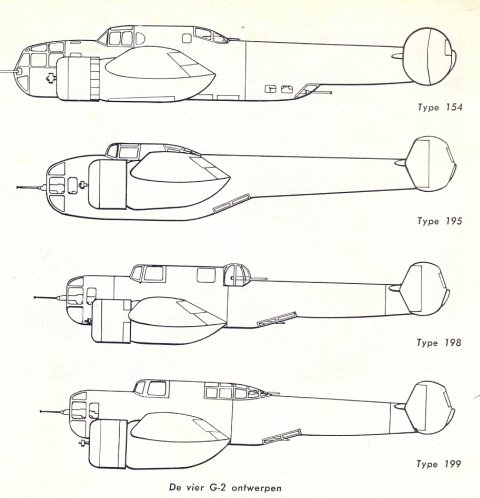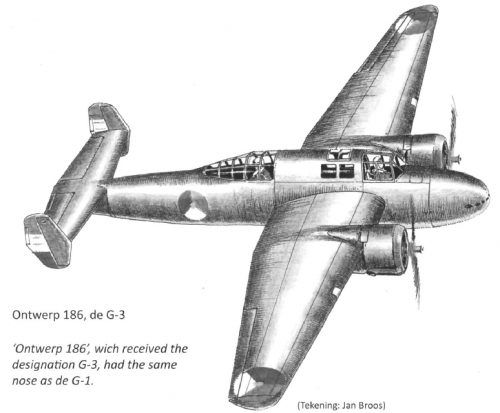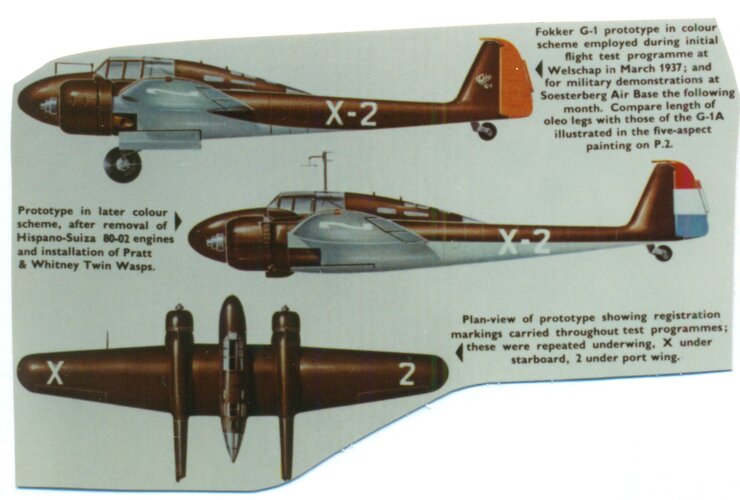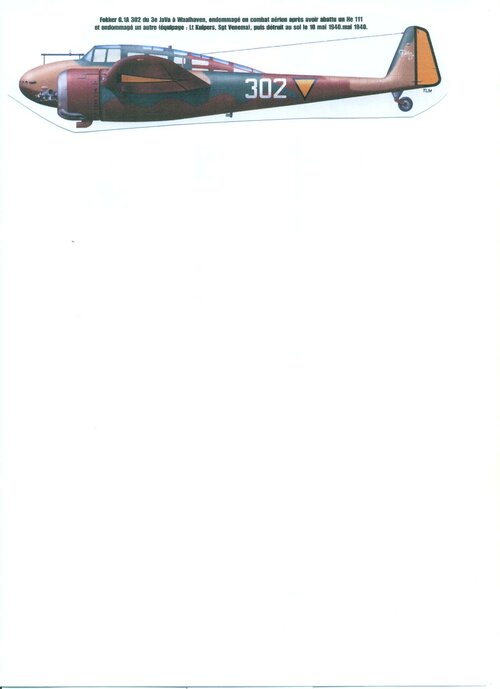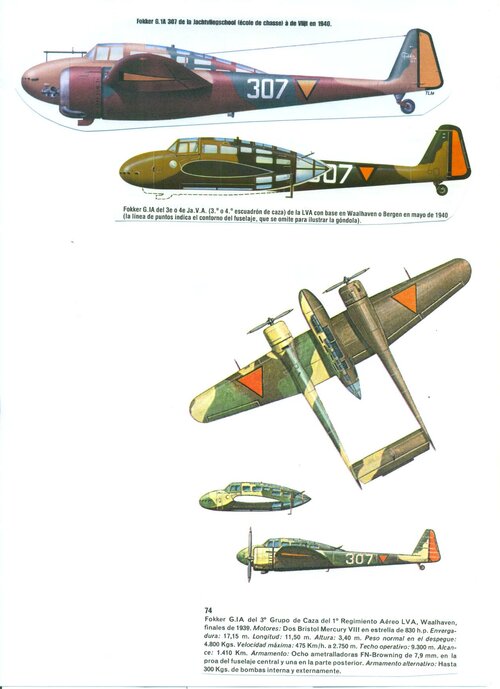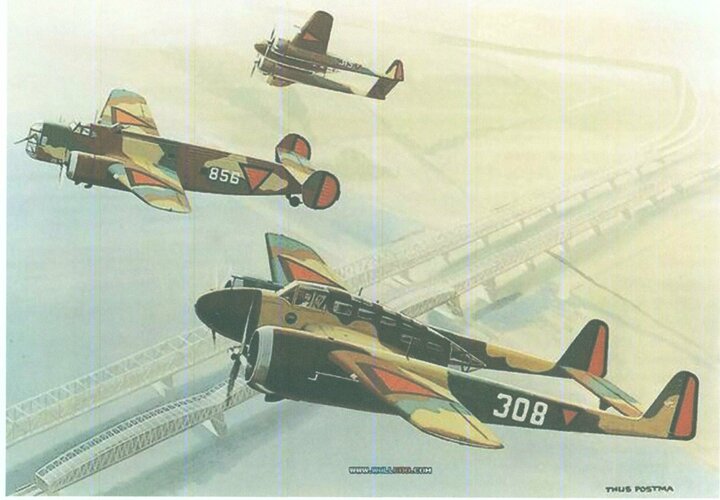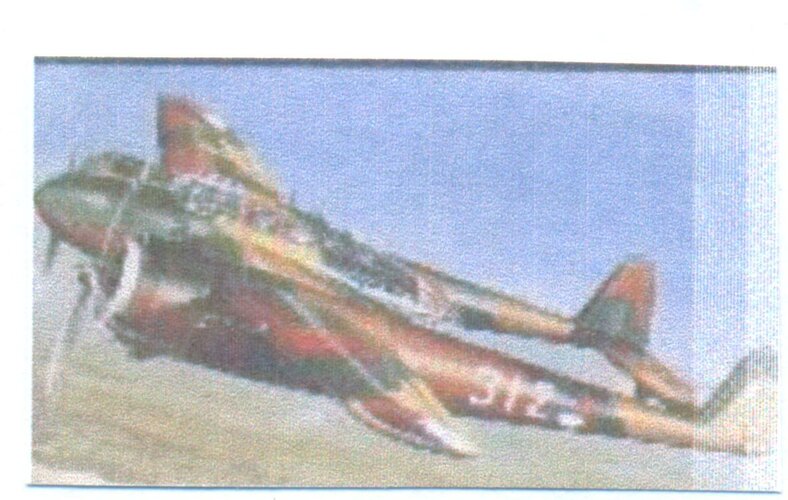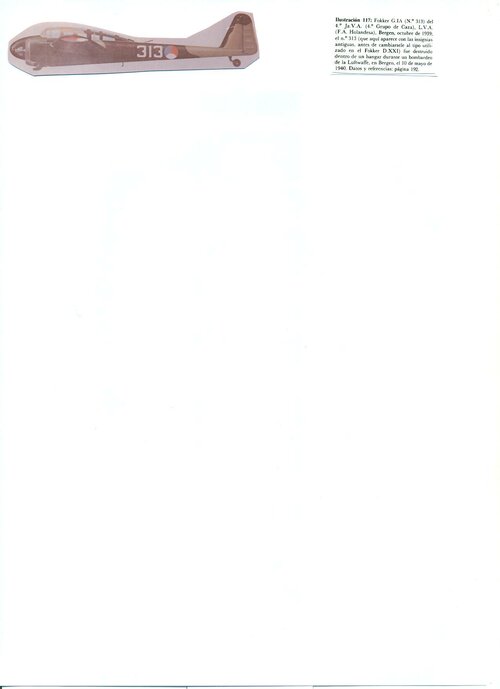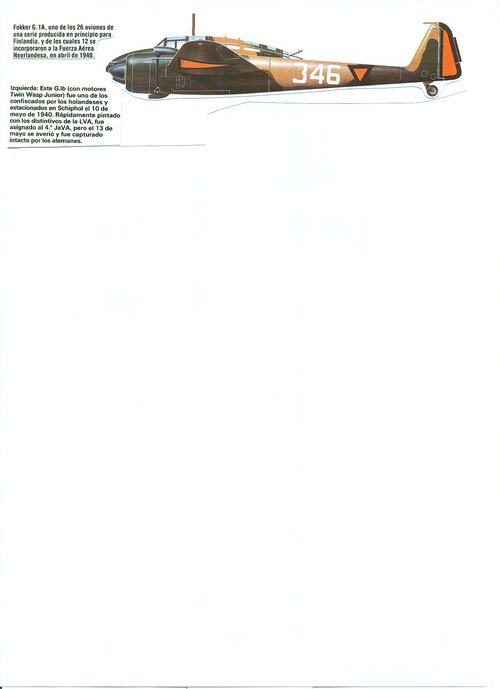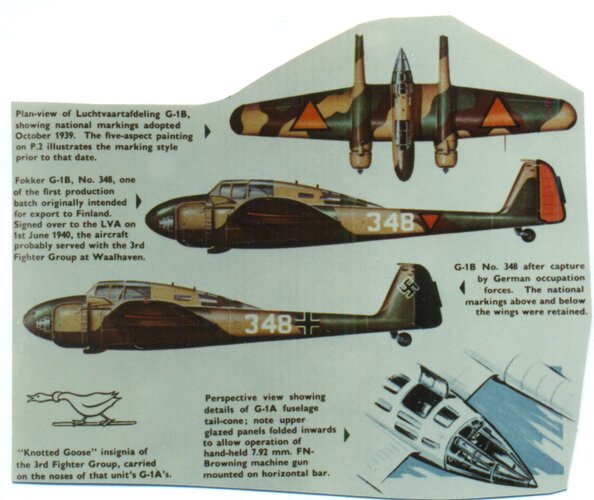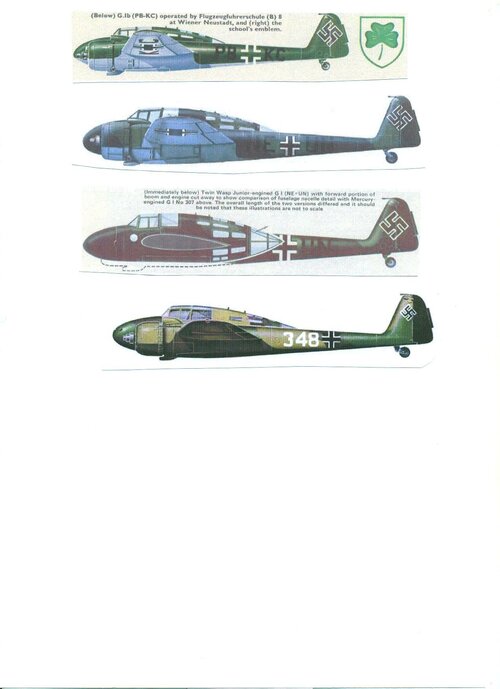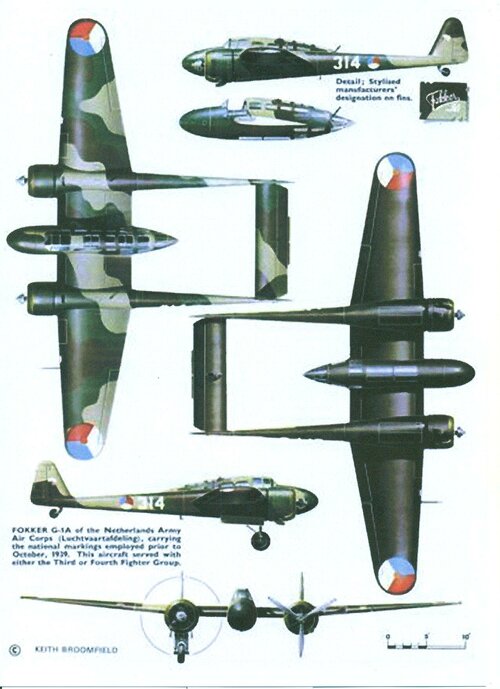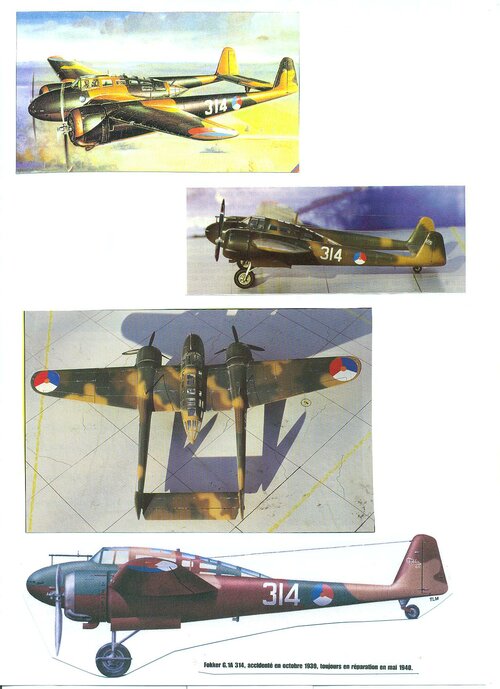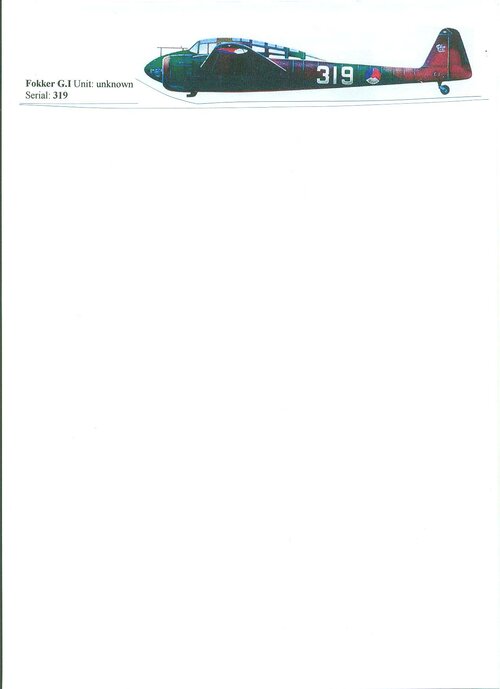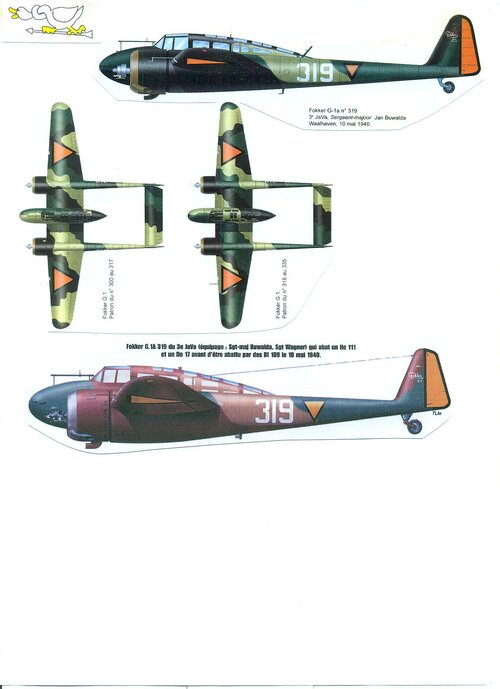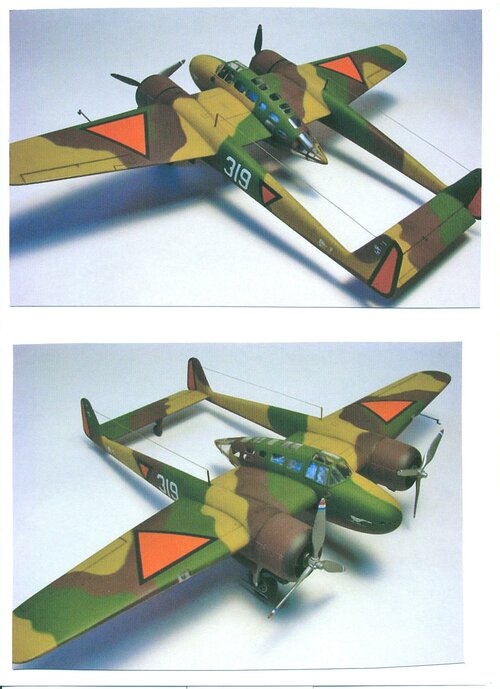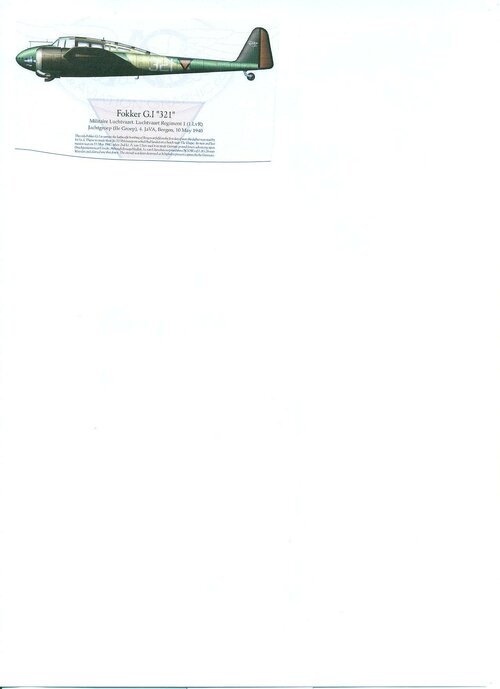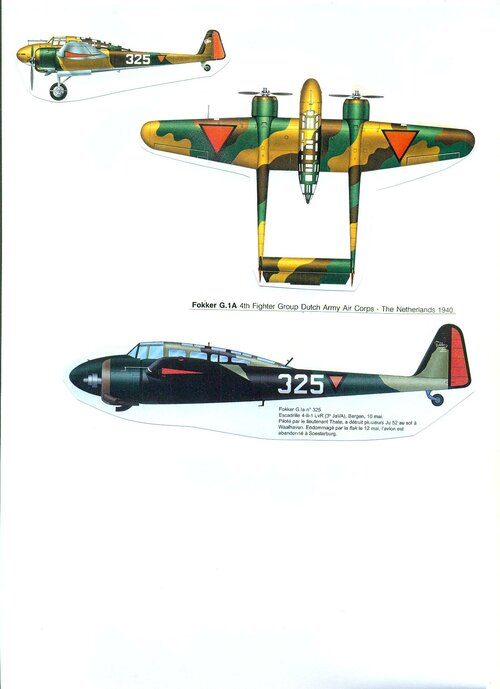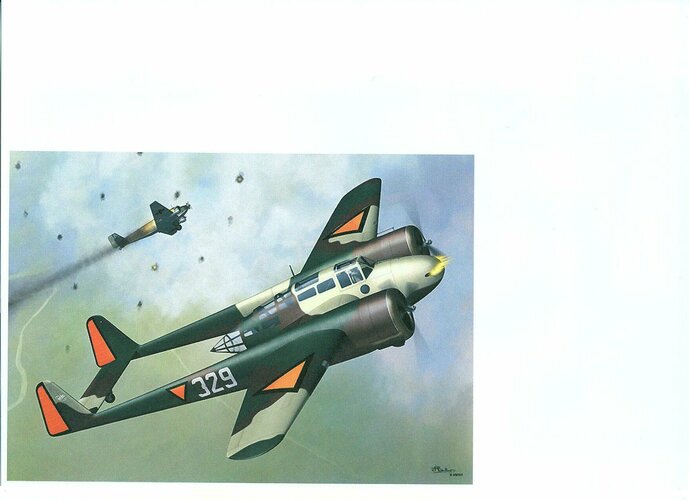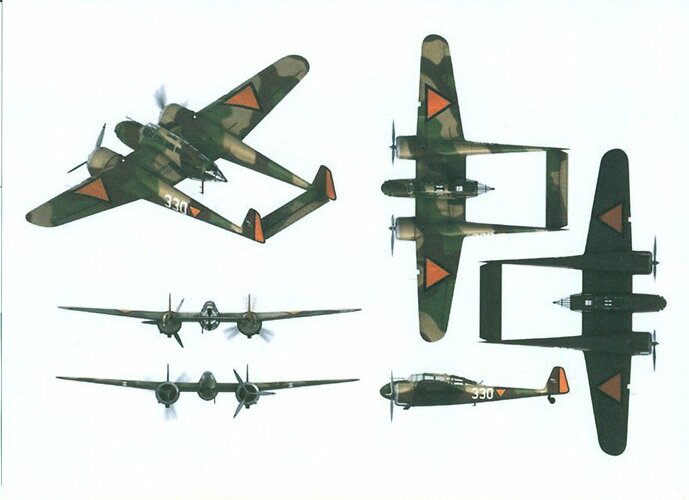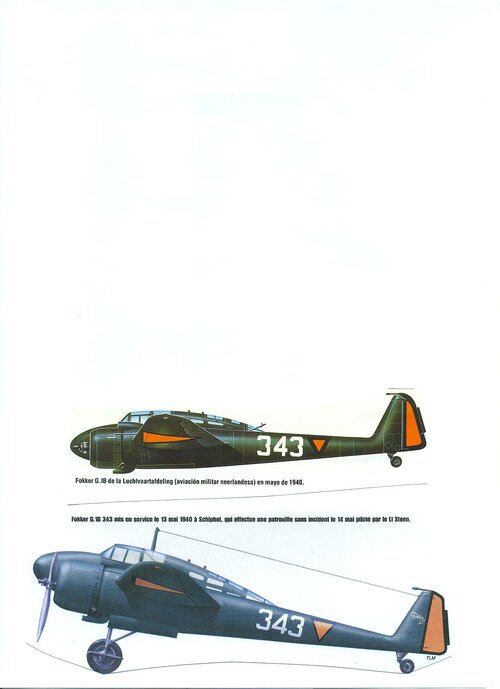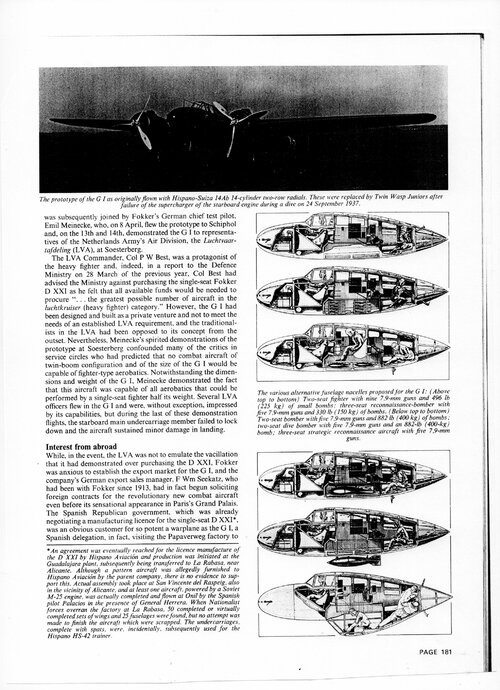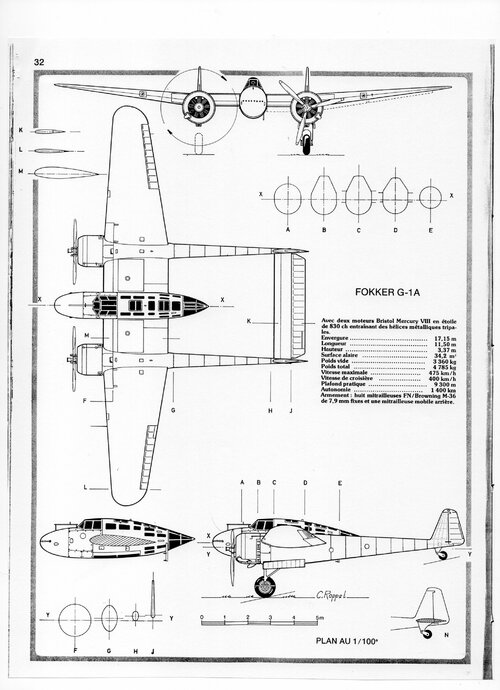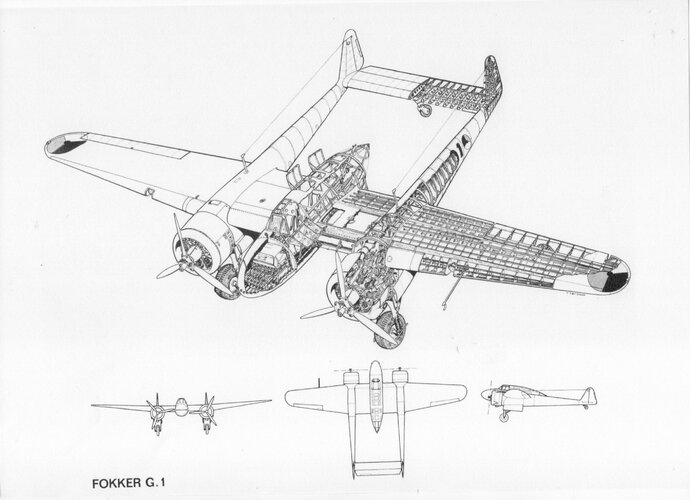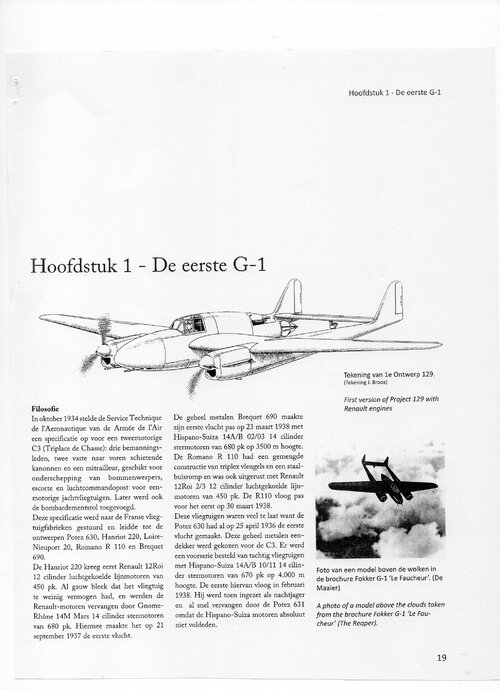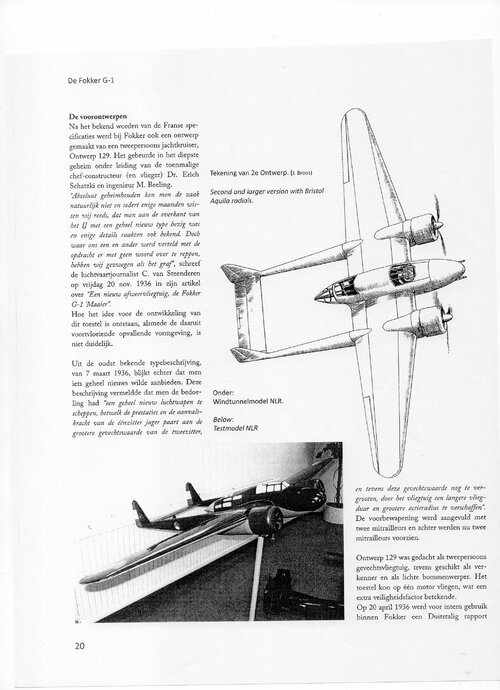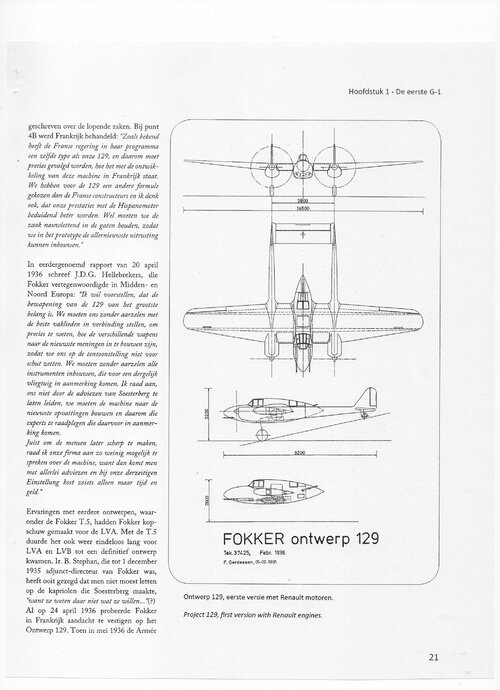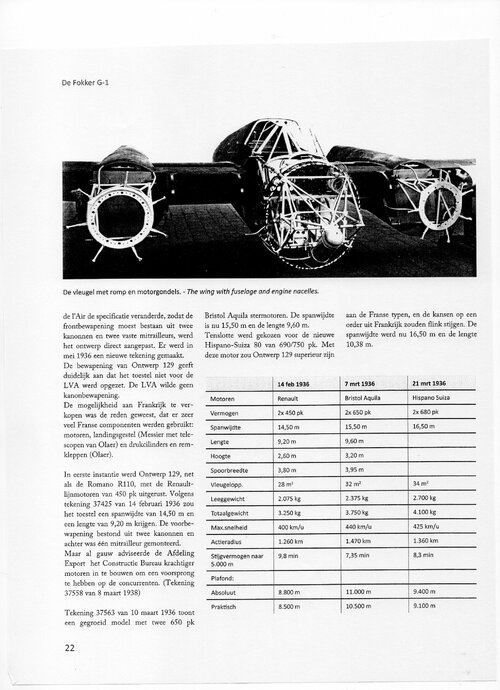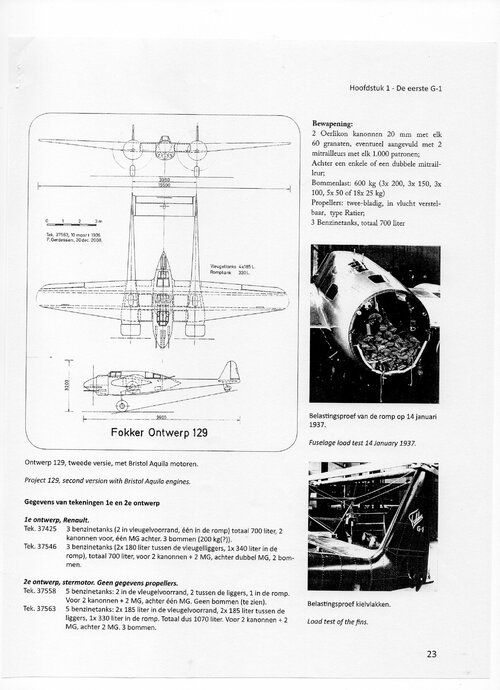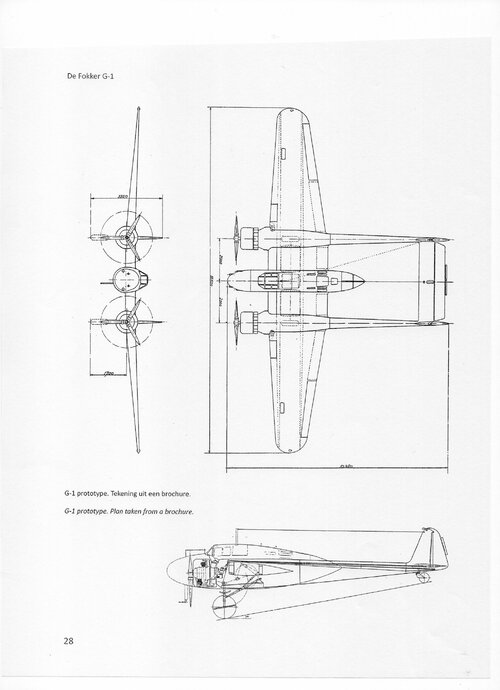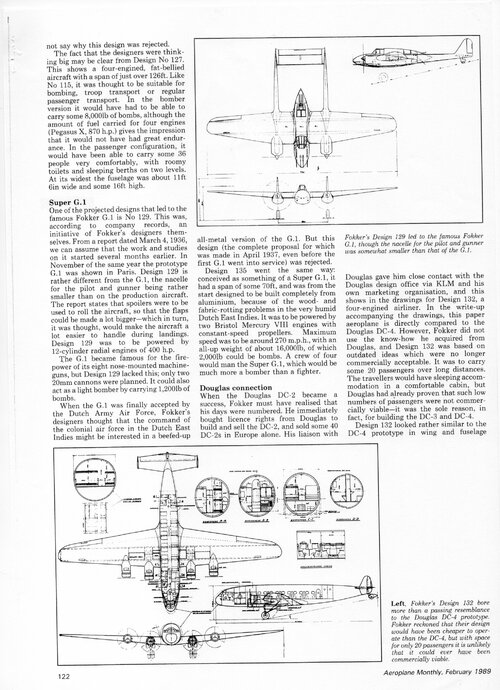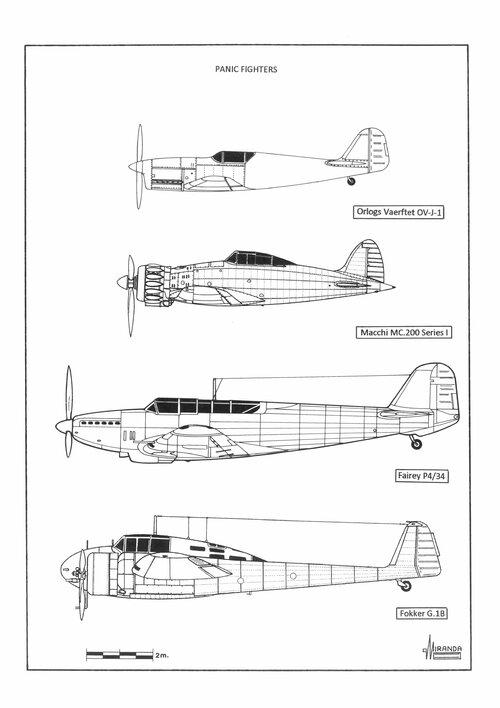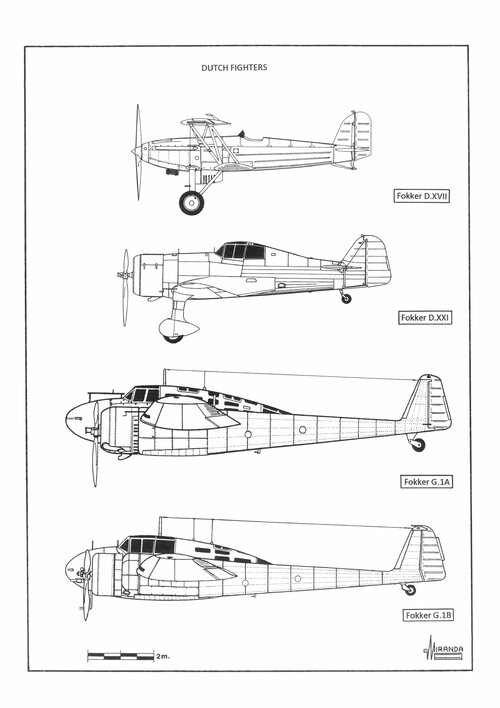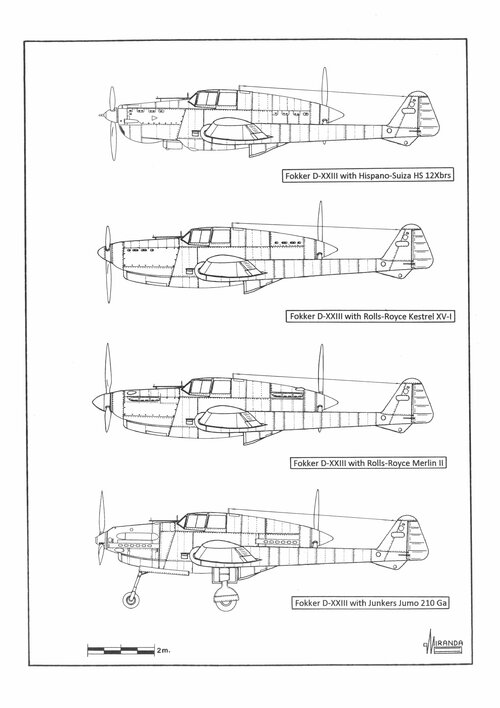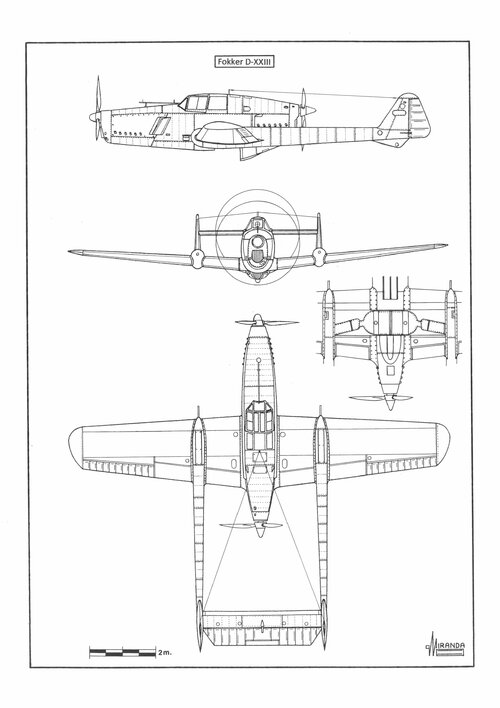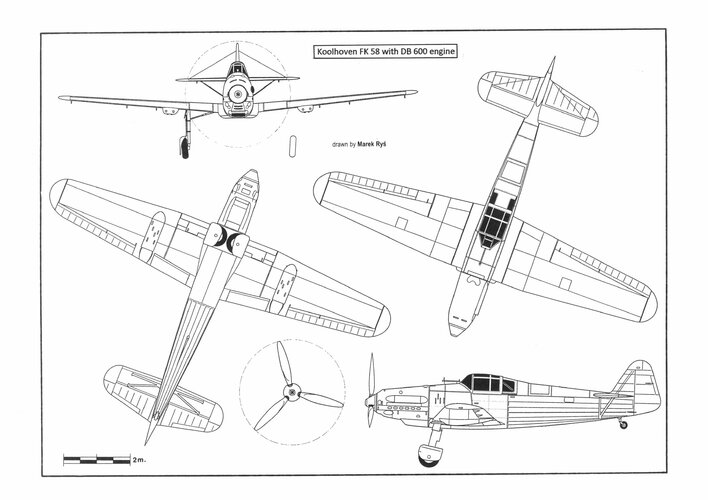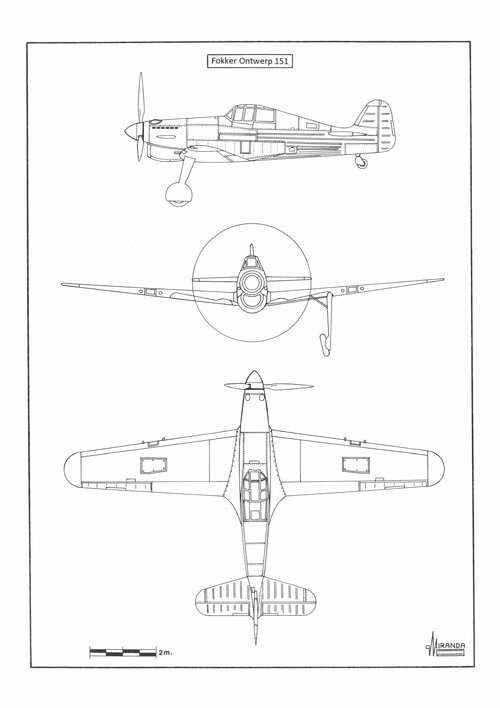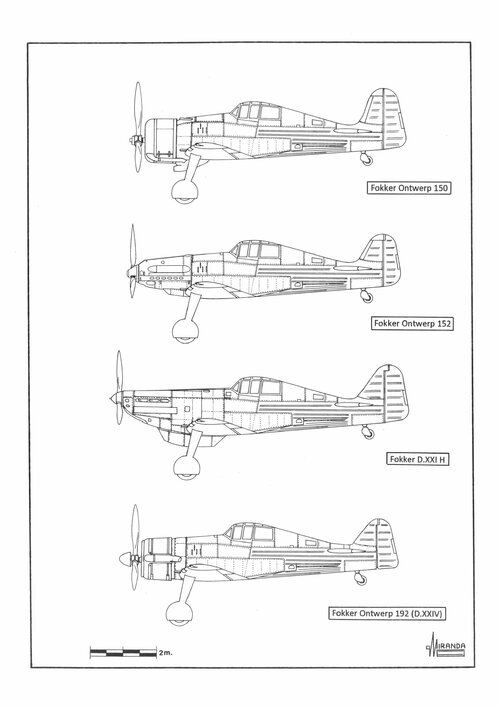blockhaj
Swedish "want to be" aviation specialist
- Joined
- 9 February 2017
- Messages
- 383
- Reaction score
- 454
Hello. I didnt find a thread dedicated to this amazing aircraft so i thought i start one. I personally dont know more about this plane than an average person ho has access to Wikipedia and google pictures. I thought we could collect data and history on it for future generations to see.
Variants:
Fokker G.1 Mercury, this variant used Bristol Mercury VIII engines. It had 8x 7.9 mm FN mg's in the nose and a single 7.9 mm FN gunner in a backwards facing turret thingy. It could also a carry 300 kg bombload.

Fokker G.1 Twin-wasp, this variant is almost the same as the one above but it used Pratt & Whitney SB4-G Twin Wasp Junior engines. It also differs in that it could take a bomb load of 400 kg.
Fokker G.1 Hispano, this variant was meant for export and was prototyped. It used Hispano-Suiza 14AB-02/03 engines and differed mainly in armament and size. It had 2x 7.9 mm FN mg's and 2x 23 mm Madsen cannons in the nose along with a 7.9 mm FN mg gunner. It was apparently smaller than the dutch service variant.




Fokker G.2, No info
Fokker G.3, No info
Variants:
Fokker G.1 Mercury, this variant used Bristol Mercury VIII engines. It had 8x 7.9 mm FN mg's in the nose and a single 7.9 mm FN gunner in a backwards facing turret thingy. It could also a carry 300 kg bombload.
Fokker G.1 Twin-wasp, this variant is almost the same as the one above but it used Pratt & Whitney SB4-G Twin Wasp Junior engines. It also differs in that it could take a bomb load of 400 kg.
Fokker G.1 Hispano, this variant was meant for export and was prototyped. It used Hispano-Suiza 14AB-02/03 engines and differed mainly in armament and size. It had 2x 7.9 mm FN mg's and 2x 23 mm Madsen cannons in the nose along with a 7.9 mm FN mg gunner. It was apparently smaller than the dutch service variant.
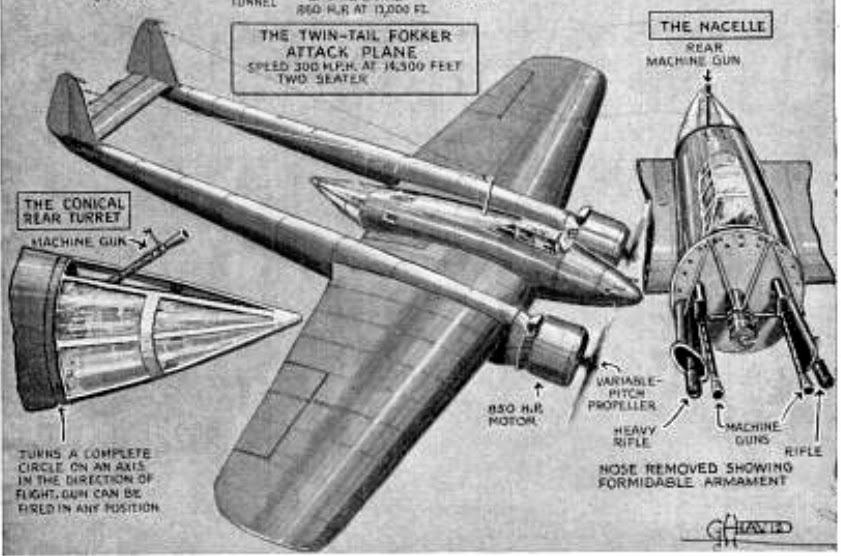

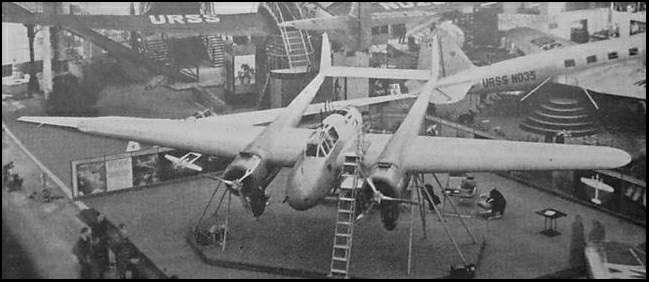
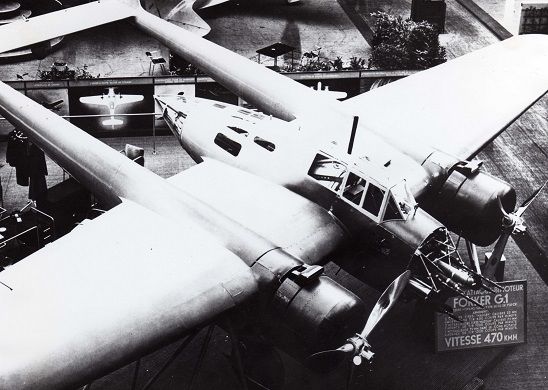
Fokker G.2, No info
Fokker G.3, No info

